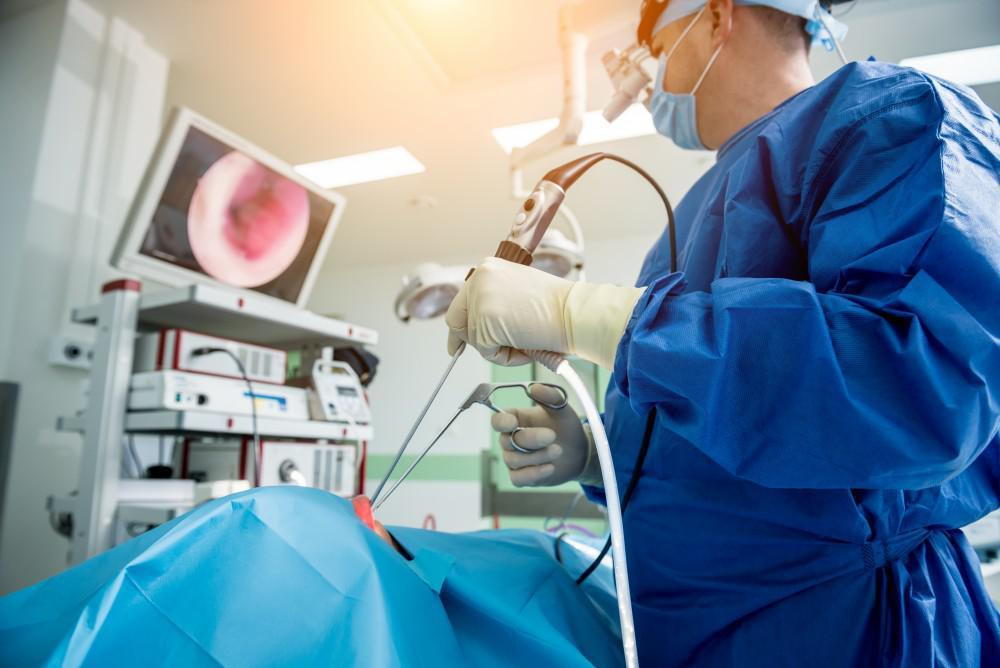
Top 5 Benefits of Endoscopy Procedures
Medical technology has advanced significantly over the years, and one of the most valuable tools in modern diagnostics is endoscopy. This minimally invasive procedure allows doctors to view internal organs and tissues in real time, using a flexible tube with a camera and light attached to it.
Whether used for diagnosis, treatment, or monitoring, endoscopy has transformed how gastrointestinal and other internal issues are managed. In this article, we explore the top five benefits of endoscopy procedures, highlighting why they are often preferred over more invasive methods.
1. Early and Accurate Diagnosis
One of the greatest advantages of endoscopy is its ability to detect conditions at an early stage. Whether it’s inflammation, ulcers, abnormal growths, or signs of cancer, endoscopy allows direct visualization of the internal lining of organs such as the stomach, colon, esophagus, or lungs.
This real-time imaging helps doctors identify even subtle abnormalities that might be missed on standard imaging like X-rays or CT scans. Early diagnosis significantly improves the chances of successful treatment, especially for serious conditions like gastrointestinal cancers.
In many cases, biopsies (tissue samples) can be taken during the procedure itself, allowing for further testing without the need for additional appointments or surgeries.
2. Minimally Invasive with Faster Recovery
Endoscopy is performed through natural openings of the body (like the mouth or rectum), which eliminates the need for large surgical incisions. This makes the procedure much less invasive than traditional surgery.
As a result, patients typically experience less pain, fewer complications, and faster recovery times. Most endoscopy procedures are done on an outpatient basis, meaning you can return home the same day and resume normal activities shortly after.
Because of its minimally invasive nature, endoscopy also reduces the risk of infections and post-operative scarring, making it a safer choice for both diagnosis and treatment.
3. Aids in Treatment, Not Just Diagnosis
Many people think of endoscopy as a diagnostic tool only, but it also plays a vital role in treatment. During an endoscopic procedure, doctors can perform minor surgeries such as removing polyps, stopping internal bleeding, or widening narrow passages in the digestive tract.
This dual functionality eliminates the need for multiple procedures and speeds up the overall treatment process. For example, if a doctor finds a bleeding ulcer during an endoscopy, they can use specialized tools to treat it immediately, avoiding the need for open surgery. This ability to diagnose and treat in one session is both convenient and efficient for patients.
4. Reduces the Need for Exploratory Surgery
Before endoscopy was widely available, exploratory surgery was often necessary to diagnose internal conditions. These surgeries involved cutting open the body to locate the problem, a process that carried risks, required longer hospital stays, and resulted in significant discomfort.
With endoscopy, doctors can examine the inside of the body with far less risk and without the need for general anesthesia in many cases. This approach reduces physical trauma and allows patients to avoid unnecessary surgeries.
In situations where surgery is ultimately needed, endoscopy can help guide the procedure by pinpointing the exact location and extent of the problem beforehand.
5. Improves Monitoring of Chronic Conditions
For individuals with ongoing digestive or respiratory issues, endoscopy is an essential tool for long-term monitoring. Patients with conditions like inflammatory bowel disease (IBD), Barrett’s esophagus, or chronic ulcers require regular check-ups to assess disease progression and effectiveness of treatments.
Endoscopy provides a reliable and detailed view that allows doctors to track changes over time. This helps ensure that any complications are caught early and that treatment plans are adjusted as needed.
By offering a clearer picture of what’s happening inside the body, endoscopy empowers both doctors and patients to make more informed healthcare decisions.
Conclusion
Endoscopy offers a range of benefits that make it a highly effective and patient-friendly medical procedure. From early diagnosis and real-time treatment to its minimally invasive approach, the advantages are clear.
If you’re experiencing symptoms like persistent abdominal pain, unexplained bleeding, or digestive discomfort, your doctor may recommend endoscopy as a safe and accurate diagnostic tool. Thanks to its versatility and efficiency, endoscopy continues to play a vital role in modern medicine, improving outcomes and quality of life for countless patients.
